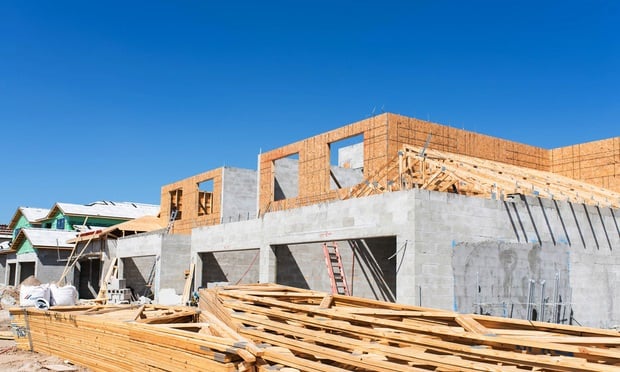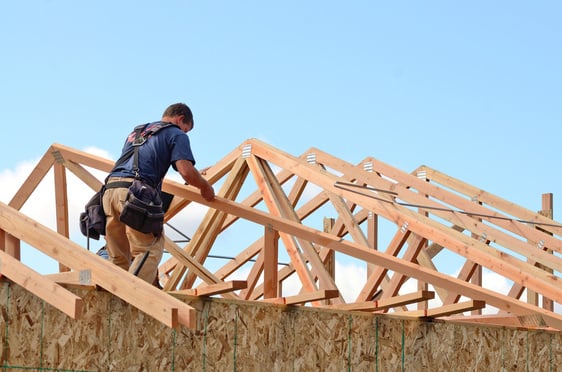Rafael Viñoly, designer of the Tokyo International Forum, the Kimmel Center for the Performing arts in Philadelphia, and New York's forthcoming Frederick P. Rose Hall for Jazz at Lincoln Center, is the architect of the brightly colored addition to the 103-year-old museum. "I think there needs to be an awareness that buildings you put up have a real effect on a city, on people's lives," Viñoly says. "Architecture is a force for creating civic pride. And in the case of Brooklyn Children's Museum, also a force for shaping the creativity of young minds."
The expansion will greatly enhance the largely below-grade museum's street presence, connecting the original 51,000-sf building with the 51,000-sf expansion through 3,000 sf of renovated space. The new construction will be fully integrated with the Museum's present building through a series of corridors, staircases, and wheelchair-accessible ramps.
The new design incorporates glass walls on the first floor to make the upper story appear suspended in space. At night, the building will emit a soft glow through its glass walls and the second-floor "porthole" windows. The L-shaped building's upper floor--mostly new exhibit space--will be cantilevered above the ground floor, sheltering the lower floor from direct sunlight while still allowing people inside to see the surrounding neighborhood and Brower Park.
"But this expansion is about more than an intriguing new design," says Paul Gangsei, chair of the museum's Board of Trustees. "It's about the Museum's ability to provide extraordinary learning adventures for a growing number of schoolchildren and families who visit this educational and recreational resource."
The expansion will be largely environmentally sustainable, utilizing a geothermal heating and cooling system--a first for a New York City cultural institution--that uses water-to-water heat pumps and six 300-foot-deep wells to heat and cool the building.
Rooftop photovoltaic panels--another first for this type of New York building--will generate roughly 2.5 percent of the museum's electricity. Energy-saving elements include enhanced insulation and low-emissivity glass that keeps buildings warmer winter and cooler in summer; carbon dioxide sensors that adjust the ventilation system to the number of visitors in any given space; occupancy sensors that switch lights on and off; and photocells that adjust indoor lights according to the amount of natural light available.
The museum's current home, 145 Brooklyn Ave., was built in 1977 from a design by hardy Holzman and Pfeiffer Associates. Its original home was the Victorian era Adams Mansion, located in Brower Park.
Want to continue reading?
Become a Free ALM Digital Reader.
Once you are an ALM Digital Member, you’ll receive:
- Breaking commercial real estate news and analysis, on-site and via our newsletters and custom alerts
- Educational webcasts, white papers, and ebooks from industry thought leaders
- Critical coverage of the property casualty insurance and financial advisory markets on our other ALM sites, PropertyCasualty360 and ThinkAdvisor
Already have an account? Sign In Now
*May exclude premium content© 2024 ALM Global, LLC, All Rights Reserved. Request academic re-use from www.copyright.com. All other uses, submit a request to [email protected]. For more information visit Asset & Logo Licensing.








